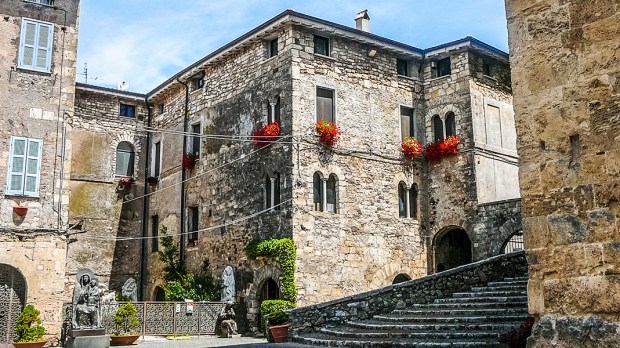Summer is the travel season par excellence. And indeed traveling during the summer has been a long-held practice for many popes across the centuries. From Anagni to Castelgandolfo, popes have left a profound mark in the places they chose as their summer residences.
Anagni, the “Town of Popes”
The hilltop town of Anagni, founded in Roman times and mostly developed during the Middle Ages, was the place where many Roman emperors chose to spend their summers to escape the heat of Rome. Located 43 miles from Rome, in the Ciociaria region, Anagni later became known as the “Town of Popes” due to the fact that four popes called the region home, and because many popes choose to spend part of their summers here.
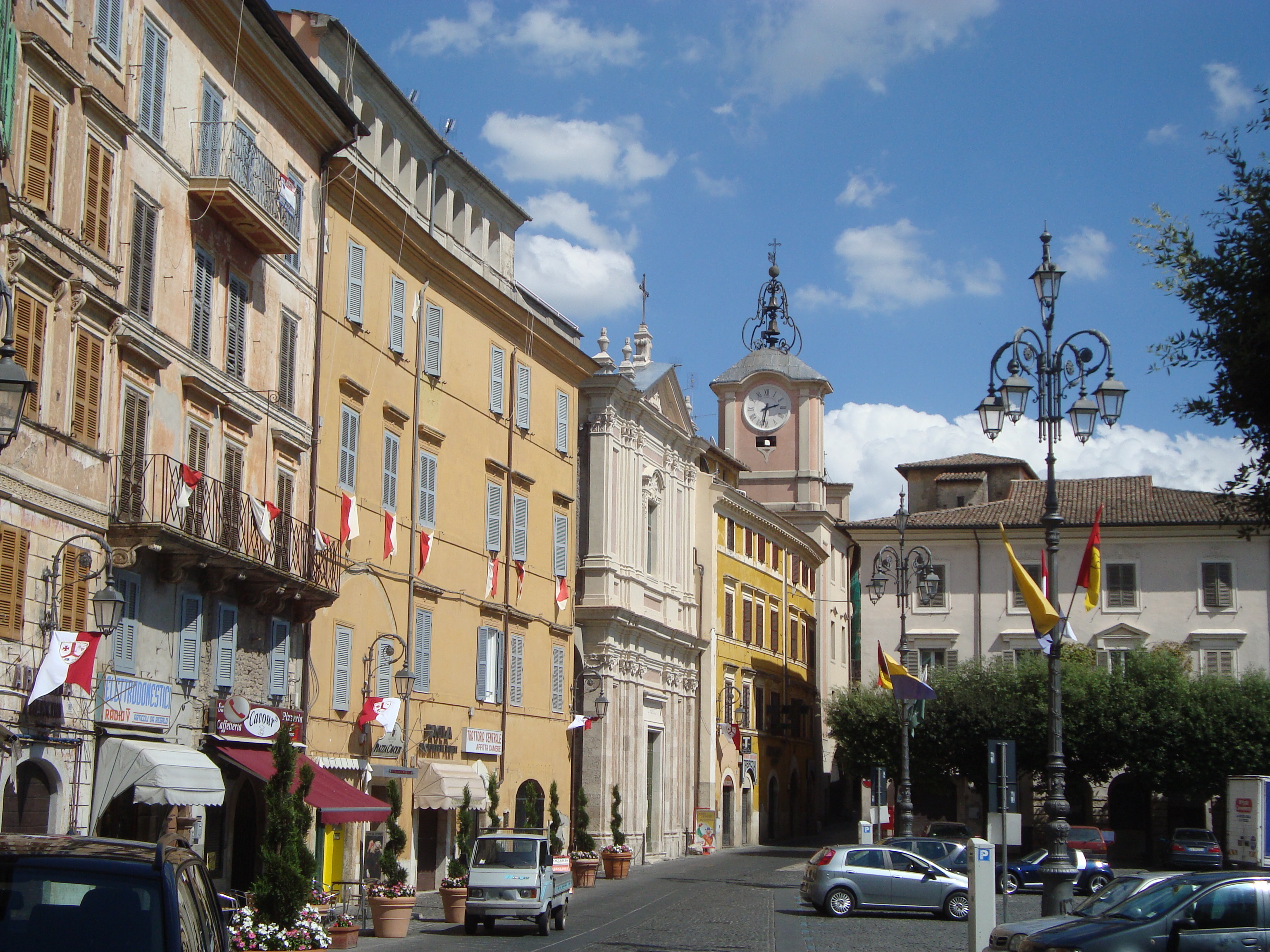
Popes Innocent III, Alexander IV, Gregory IX and Bonifacius VIII all came from the town or its close surroundings. Pope Bonifacius VIII made Anagni famous due to an episode known as the “slap of Anagni.” In 1303 King Philip IV of France sent some emissaries to Anagni to ask the pope to remove an interdiction he had put on France after the French king started taxing goods belonging to the Church in French territory. When the pope refused to lift the ban, the emissaries broke into his residency, forcing him to seek refuge in a local palace. He was eventually freed by Anagni townspeople and transported to Rome, where he died a month later. The episode came to be known as “the slap of Anagni.”
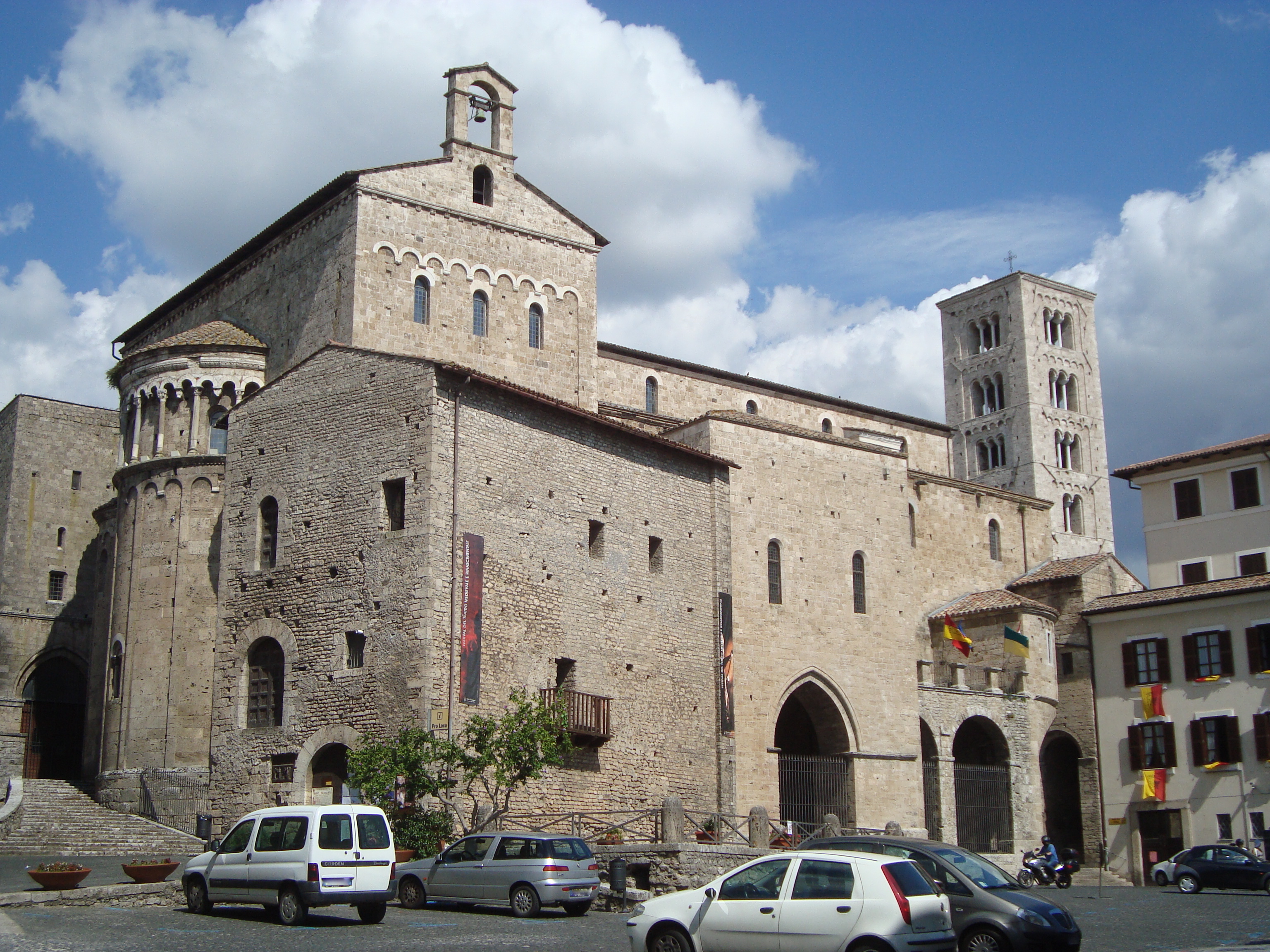
Today the influence of popes and high figures of the Catholic church can be found in Anagni architecture and its cuisine. The “papal palace,” also known as Boniface VIII’s palace, which provided a refuge for the pope during the infamous “slap” episode, is open to visitors and hosts an eponymous museum. A typical local dish made of organ meats, hens’ combs, mushrooms, white wine, Marsala wine, salt, pepper and broth, is called “timballo Bonifacio VIII.”The sweet and sour “papal bread” is made of almonds, hazelnuts, pine nuts, peppers, cinnamon, nutmeg, candied orange, chocolate, honey and raisins.
Castel Gandolfo, home of many popes
Overlooking the Alban lake, the town of Castel Gandolfo is probably the most famous of papal summer residencies. For centuries, popes have left Rome during the hottest days of summer to spend time in the Apostolic palace. The first pope to pick Castel Gandolfo as a summer destination was Urban VIII who, after his election in 1623, ordered the construction of a residence near the location of the ruins of a villa that belonged to Roman Emperor Domitianius. The first Pope who actually stayed at the residence was Alexander VII.
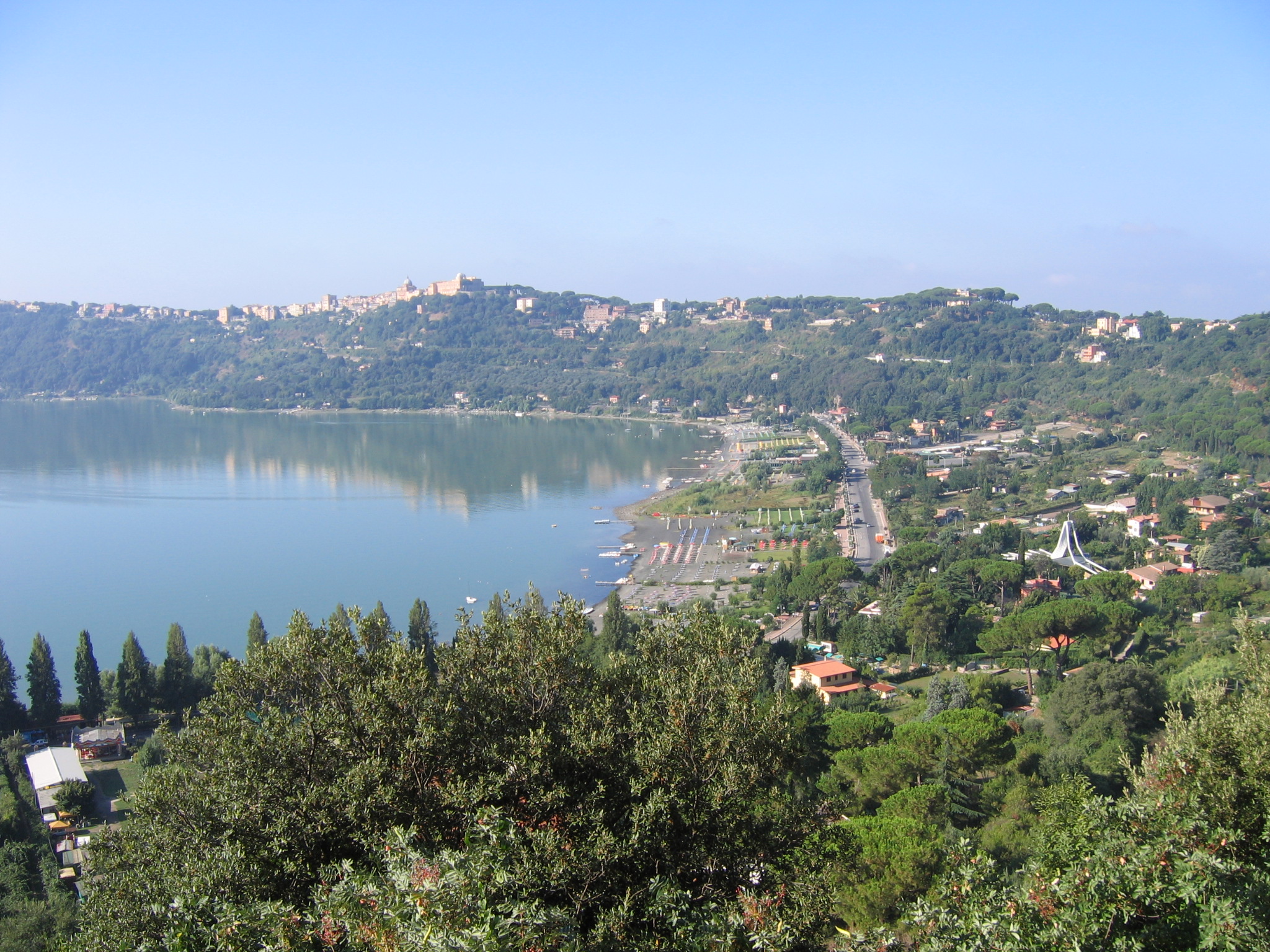
For centuries, different popes made changes and restored the original structure built by Urban VIII. In the 18th century, Benedict XIV ordered new decorations, while Clement XIV expanded the gardens. During the 18th and 19th centuries, Popes Pius VII and Pius VIII ordered restoration works following damage from Napoleonic troops. It was then used as summer residence by Pope Gregory XVI and Pius IX until, in 1870, it was declared as part of the nascent Italian state. It was only in 1929, with the creation of the Vatican State, that the estate was returned to the Vatican, becoming once again the site of popes’ summer residences — with Pope Pius XII and Paul VI both passing away at this peaceful estate.
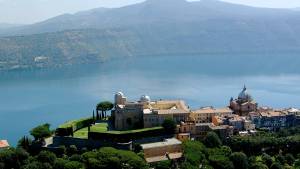
Read more:
Pope Francis gives up papal summer residence at Castel Gandolfo
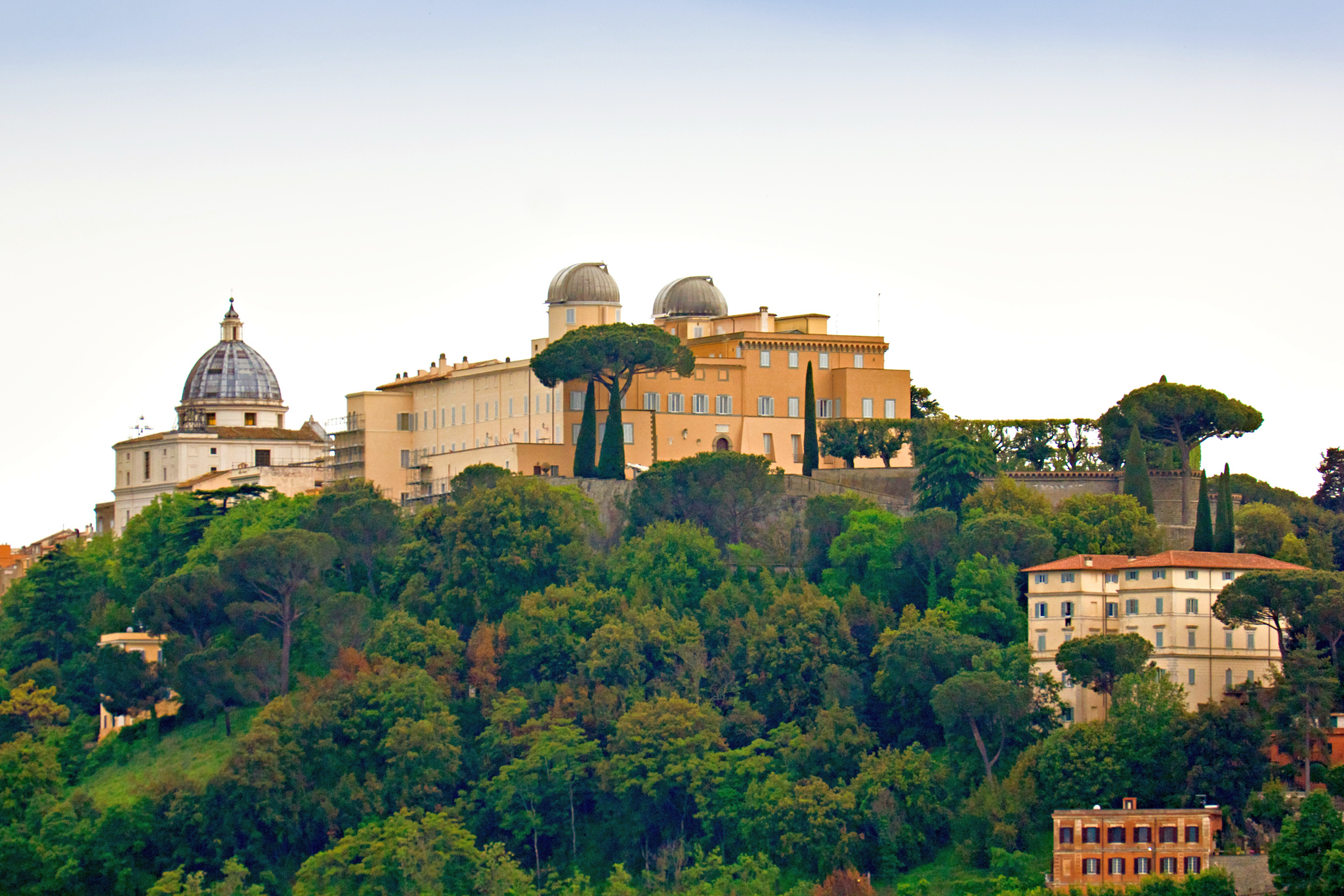
The current Pope Francis broke with this tradition by turning the centuries-old villa into a museum open to the public. In 2014, he opened the gardens to visits from the public. And in October 2016, twenty rooms were opened to the public for the first time, including a study, a library and a chapel. As Dr. Sandro Barbaglio, curator of the historical section of the Vatican Museum, explained to CNN, the decision could possibly be reversed by future popes. “It is a decision that is permanent until the Pontiff wants it to remain as such,” Barbaglio said. This means a future pope can decide to take back the residence, making it private again.”
For the time being, anyone can set foot in the “popes’ summer residence” by simply booking a ticket (10 euros) via the Vatican Museums website.
